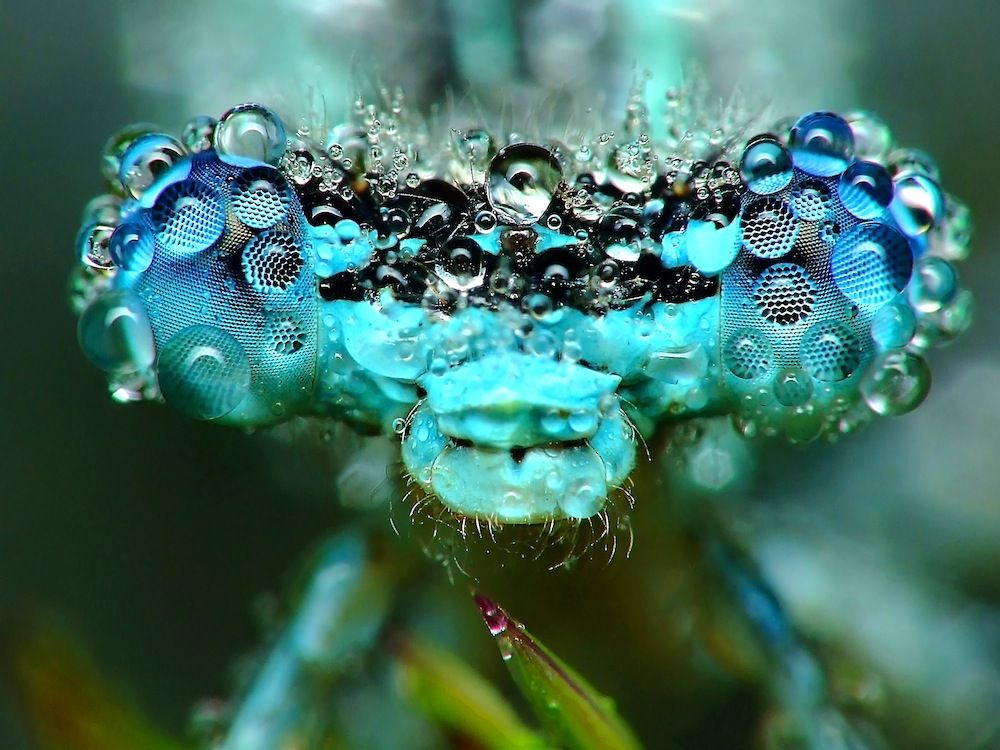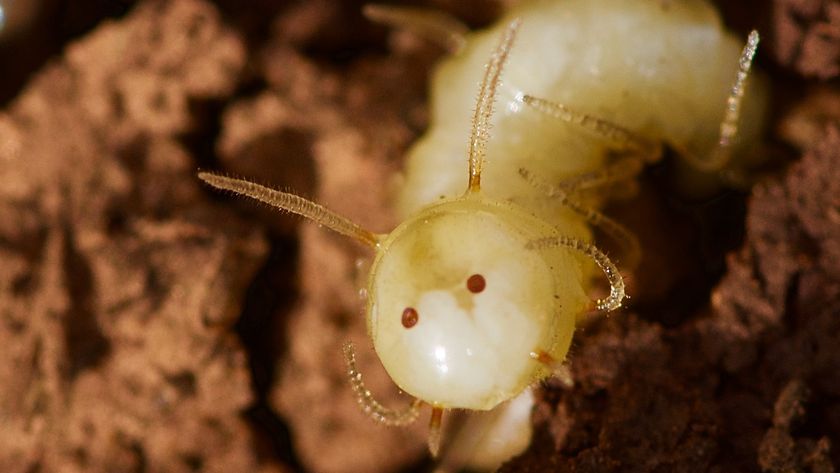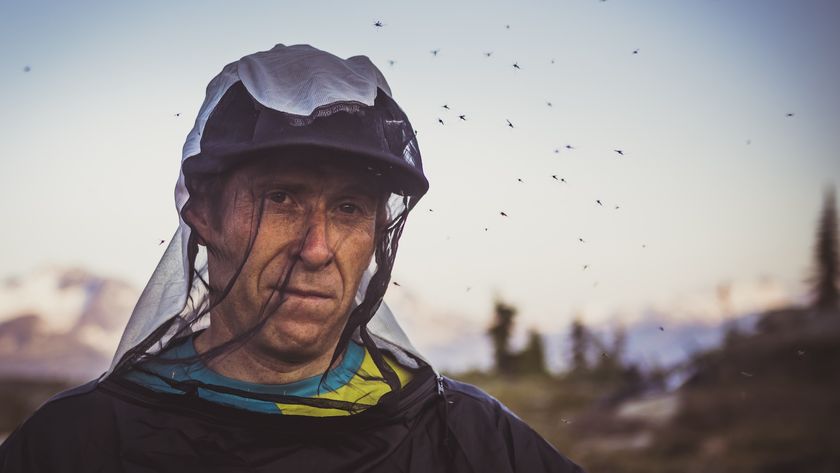Dew-Covered Insects Sparkle in Stunning Photos

Like many a shutterbug, Polish amateur photographer Miroslaw Swietek is fascinated with getting up-close-and-personal photos of insects. But Swietek's photos have an extra layer of amazing: He creeps up on bugs early in the morning when they're in a state of torpor and covered in dew.
Through the camera lens, the dew-covered insects look like they're encrusted with diamonds. The effect is even more stunning when droplets of water magnify the bugs' multi-lens compound eyes.
LiveScience caught up with Swietek to talk macro photography and sleepy insects.
LiveScience: How did you get involved with macro photography?
Swietek: My story with macro photography was just an accident. In 2007, I wanted to do a bike tour to Norway and one of my purchases was a camera (Fuji S6500 FD). I looked at the Internet on how to take photos of landscapes, because I needed to learn, but I also saw macro photos and really enjoyed them. So I put off taking photos of landscapes and I've started taking macro photos. [See a gallery of Swietek's work]
LiveScience: Where do you find the spiders and insects you photograph? Often, I go to the forest next to my village and there I find them.
LiveScience: How about the dew-covered insects? How do you photograph them without disturbing their diamond-like look? The dew-covered insects I also find in that same forest next to my village. At that early in the morning, insects are very sleepy so the camera doesn't disturb them.
Sign up for the Live Science daily newsletter now
Get the world’s most fascinating discoveries delivered straight to your inbox.
LiveScience: What draws you to photographing insects? I already enjoy going to the forest, because it's a really good way to relax, but only in insect photography [do I get] that amazing look when you take a photo in super-zoom and you see the awesome colors and stunning appearance. Most people don't know what beautiful creatures live around us.
You can follow LiveScience senior writer Stephanie Pappas on Twitter @sipappas. Follow LiveScience for the latest in science news and discoveries on Twitter @livescience and on Facebook.

Stephanie Pappas is a contributing writer for Live Science, covering topics ranging from geoscience to archaeology to the human brain and behavior. She was previously a senior writer for Live Science but is now a freelancer based in Denver, Colorado, and regularly contributes to Scientific American and The Monitor, the monthly magazine of the American Psychological Association. Stephanie received a bachelor's degree in psychology from the University of South Carolina and a graduate certificate in science communication from the University of California, Santa Cruz.











